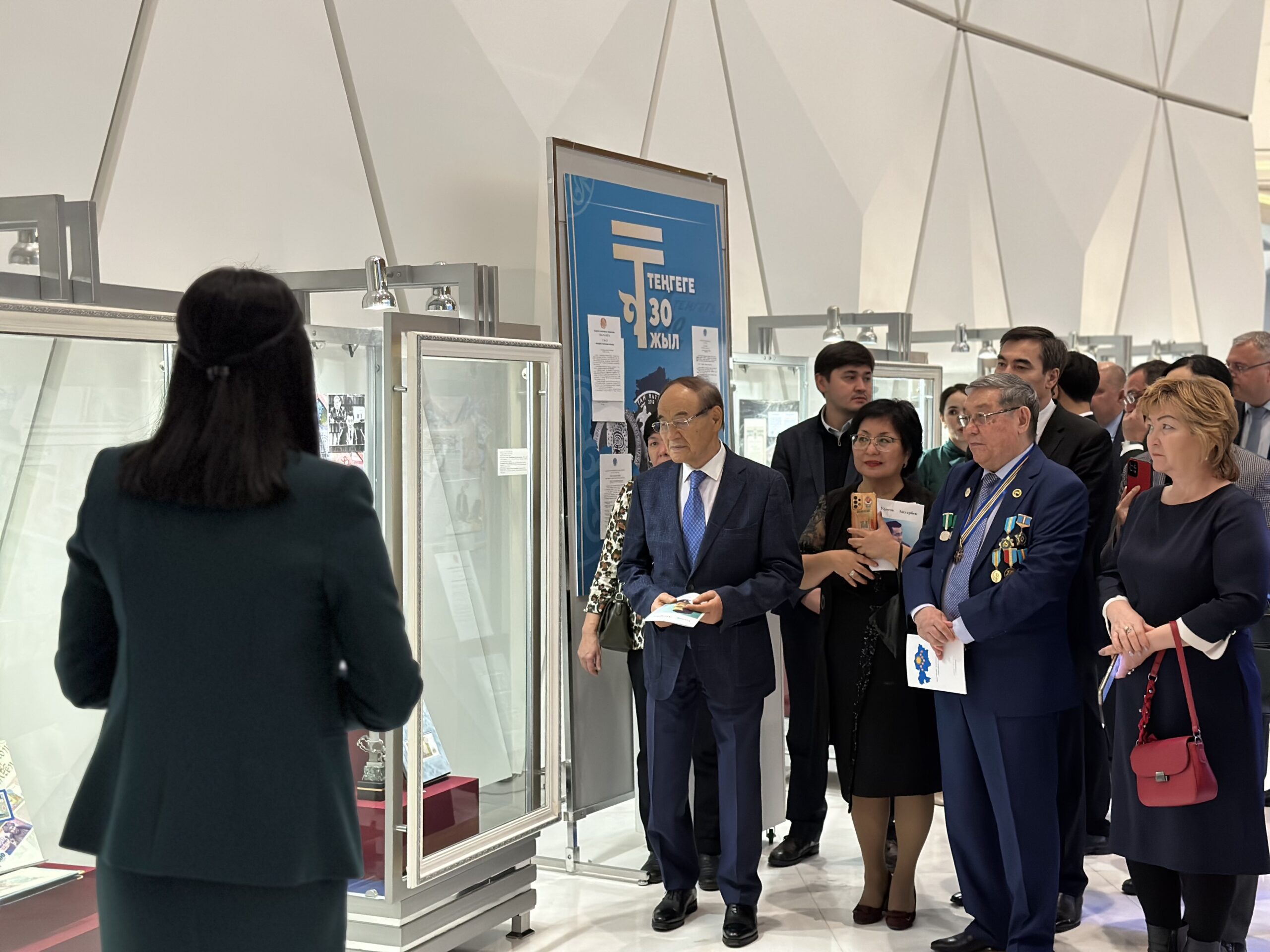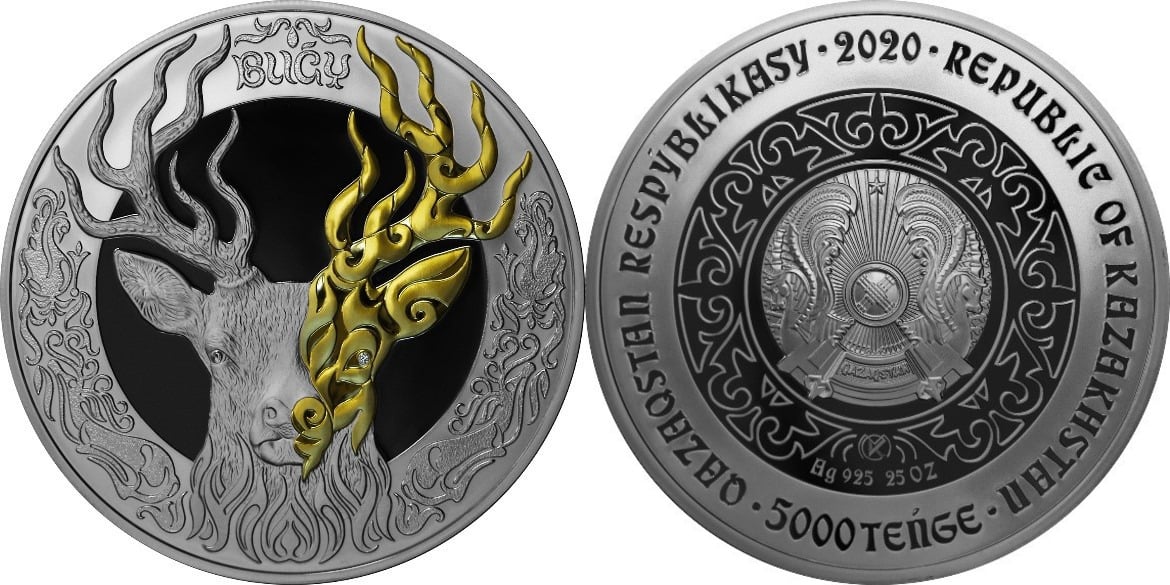ASTANA – Kazakhstan’s Presidential Center unveiled an exhibition on Nov. 10 dedicated to the 30th anniversary of the country’s national currency tenge. It showcased the history of its formation, explained cultural aspects, and addressed its viability built over three decades.

Photo credit: The Astana Times.
The exhibition, which gathered government officials, public figures, and the representatives of diplomatic missions of foreign countries, featured thematic sections, including the first samples of tenge, investment and commemorative coins, and banknotes that brought the Kazakh currency world fame and recognition of international experts.
Thirty years ago, the creation of its own currency was among the first developments for a newly independent Kazakhstan. The first Kazakh tenge came into circulation on Nov. 15, 1993. Two years later, the country opened its first banknote factory in the city of Almaty.

Photo credit: manorfx.com
In an interview with The Astana Times, First Chairman of the National Bank of Kazakhstan (NBK) Galym Bainazarov emphasized that the national currency is the “main instrument of economic management.”
“If the national currency devalues, the economy will decline as well. Now we are building a New Kazakhstan, and for this purpose, a strong currency is essential. To improve the position of the tenge among other strong currencies, it is necessary to turn it into an investment one. This goal requires intelligence, experience, and appropriate legislative and political decisions. The future of our economy depends on the tenge exchange rate,” said Bainazarov.
“This is a great holiday for Kazakhstan,” he noted on the sidelines of the event. The Kazakh authorities, according to him, attach importance to the role of national currency, particularly by organizing cultural activities.

Photo credit: yes-coin.kz
In his welcoming remarks, Bakhytzhan Temirbolat, the head of the Library of the First President of Kazakhstan, said that over the past years, the tenge has proved its viability and ensured the country’s dynamic economic development.
Temirbolat reiterated that the national currency is the state symbol and attribute of Kazakhstan’s sovereignty. Apart from that, he underscored its role in popularizing the historical and cultural heritage of the Kazakh nation.

Photo credit: Kapital.kz

They also showcased architectural masterpieces and natural landmarks, such as the Khoja Ahmed Yasawi Mausoleum in Turkistan, Zailiysky Alatau mountains in Almaty, or the Ustyurt Plateau in the Mangystau Region.
The International Bank Note Society (IBNS) nominated Kazakhstan for the best exceptional banknote three times in a row – in 2011 (10,000 tenge), 2012 (5,000 tenge), and 2013 (1,000 tenge).
Given its 18 degrees of protection, the Kazakh tenge is also considered one of the most secure currencies worldwide.
“Our factory’s production encompasses everything each citizen needs throughout life – birth certificate, educational documents, and, of course, banknotes,” said Director-General of the NBK Banknote Factory Zhomart Kazhmuratov.
In his opinion, the professional activities of the workers of the country’s financial systems are of foundational significance on this occasion.
Kazakhstan is now poised to launch the digital tenge project, which will be implemented in three stages, concluding in 2025. The digital tenge, as a digital form of the Kazakh сurency, will be issued as a unique digital sequence (tokens) or electronic records stored on special electronic wallets.


